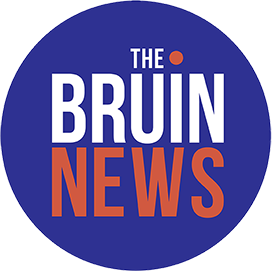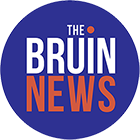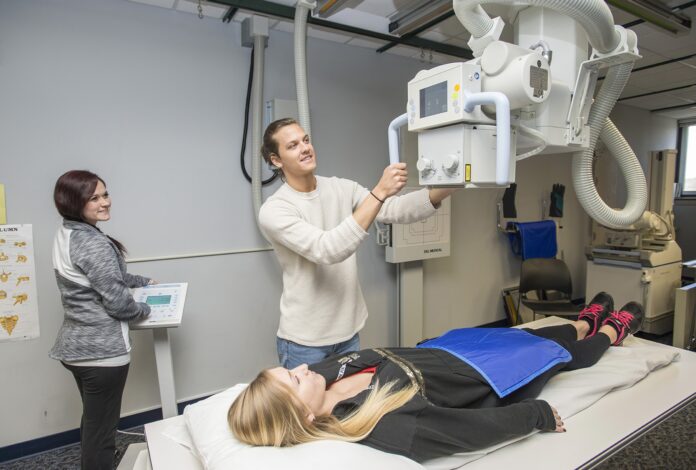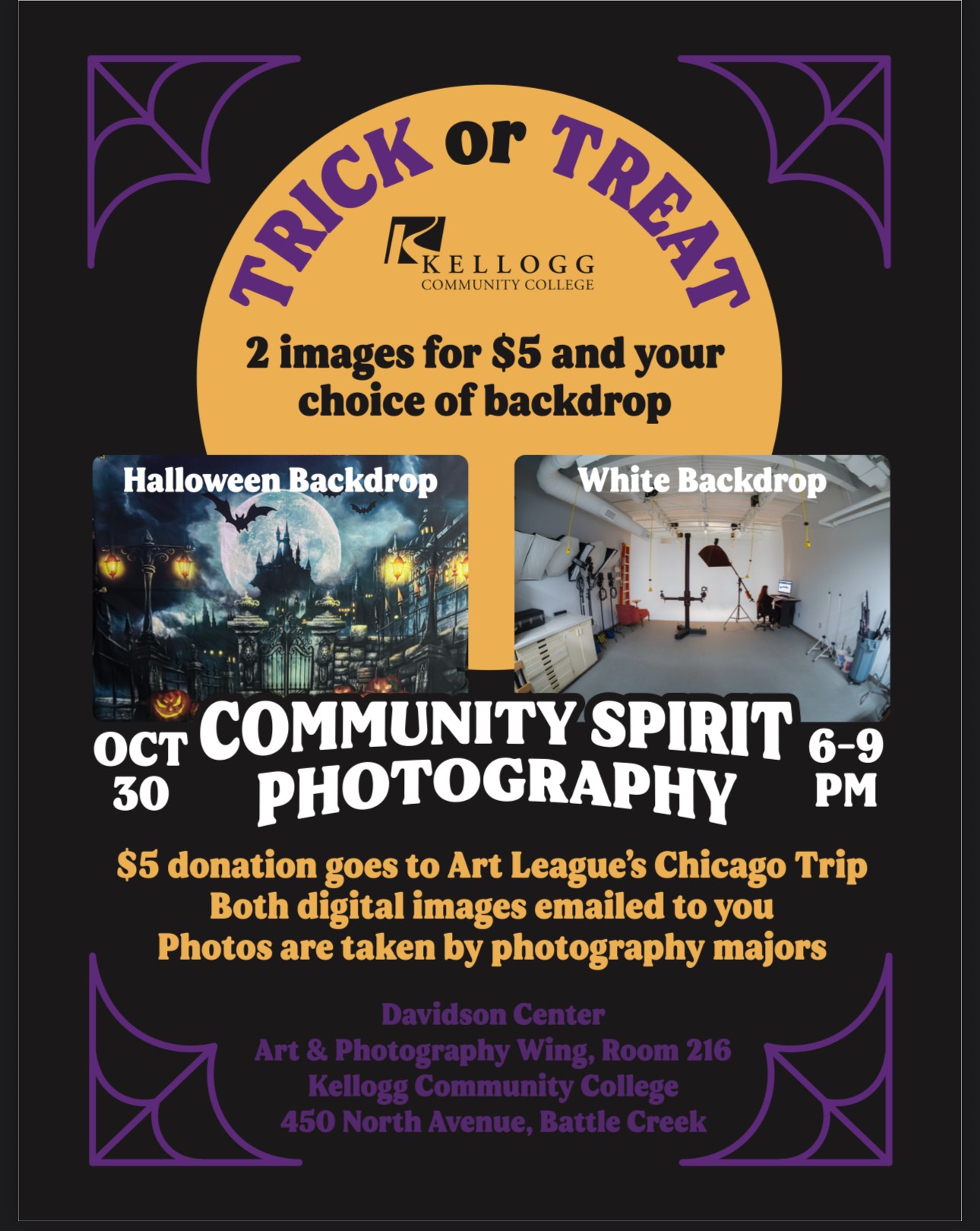Kellogg Community College is known for its amazing Radiography Program. The program is giving students more than just textbook knowledge. It is providing students with real hands-on experience that’s helping them figure out their future and opening up many different career paths in the radiography field.
Students participating in the program go through nearly 1,400 hours of clinical training, which means they’re out working in real world medical settings while still being in school. This experience, combined with lab work and classwork, helps them obtain skills that will help them become radiologic technologists.
“Our program provides students with almost 1,400 hours of hands-on clinical experience,” said Mindi Snyder, who runs the program and also teaches in it. “I think students like hands-on learning the best and applying in clinical what they’ve learned in class and in the lab.”
Once students become registered radiologic technologists they have the option to further their education and become certified in areas like mammography, CT scans, MRI scans, bone scans and even heart imaging.
“You could also become a manager or director of a radiology department or pursue a career in education, which is what I did,” Snyder said. “I like to tell prospective students that they should never get bored with a degree in radiography as there are so many additional opportunities.”
Peighton Albrecht, who’s currently going through the program, said it’s already been a big learning experience for her.
“So far, the Radiography Program has been very eye-opening and honestly quite interesting,” Albrecht said. “Everyone is so welcoming, and the professors have been really helpful throughout this whole program.”
Before getting into KCC’s Radiography Program, students must take a CNA (certified nurse aide) class. This part of KCC’s process helped Albrecht see where she felt most comfortable in the medical field.
“It made me witness first-hand the experience of helping people,” Albrecht said. “It did make me realize even more so that being a nurse was not for me.”
One thing Albrecht said really stood out to her was how important it is to get the patients’ positioning just right during imaging.
“If you don’t have them positioned correctly, the imaging won’t obtain high enough quality to see what needs to be imaged,” Albrecht said.
Albrecht said she has also loved more of the creative lessons that the Radiography Program has offered.
“One lesson we had was when our professor made up case studies of people with real life symptoms and we had to explain where the imaging was needed and what radiographic equipment would be used,” she said.
Even though the program and the process can be tough, the end goal is what keeps Albrecht going.
“What challenges me to overcome the issues during this program has been the thought of what is waiting for me at the end of all this,” she said. “Knowing that I eventually become a radiographer and then choose which specialty I want to pursue is very compelling.”
According to the U.S. Bureau of Labor Statistics, jobs for radiologic and MRI techs are expected to grow 6% through 2032, which is faster than average.























